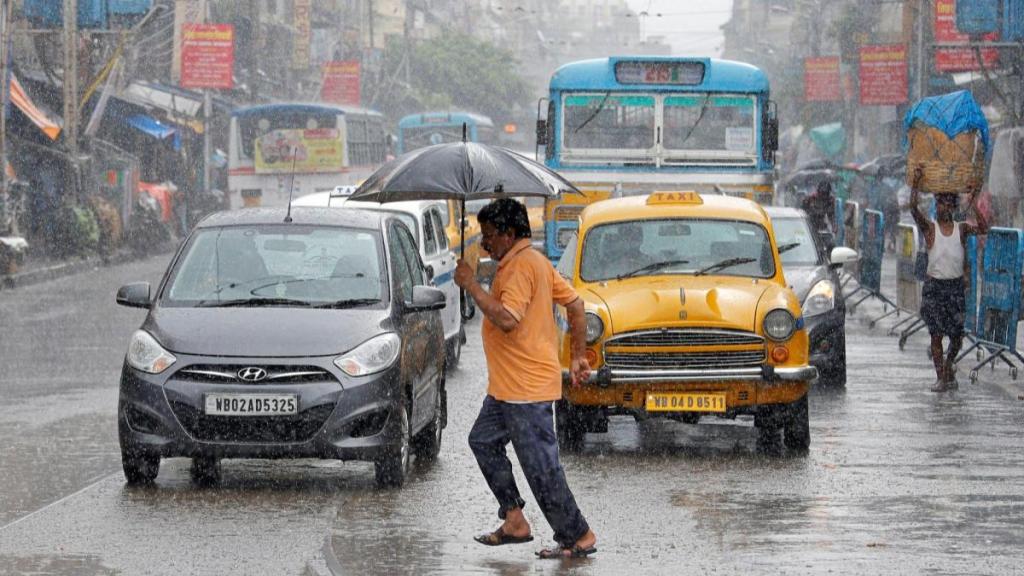India’s 2024 monsoon season claimed 1,492 lives, marking one of the deadliest weather periods in recent history, according to data from the India Meteorological Department (IMD). With a staggering 895 deaths linked to floods and rain-related incidents, and 597 fatalities caused by thunderstorms and lightning strikes, the country faced widespread devastation as extreme weather events surged.
The IMD reported 525 heavy rainfall events, the highest in five years, and 96 incidents of extremely heavy rainfall, causing significant damage across several states. Kerala was particularly hard-hit, with 397 people losing their lives due to floods and landslides, especially in Wayanad district, which witnessed catastrophic landslides on July 30. Other states severely affected by floods included Assam, where 102 people died, and Madhya Pradesh, with 100 fatalities.
In addition to floods, lightning strikes and thunderstorms proved deadly, particularly in Madhya Pradesh, which recorded 189 deaths from these events, followed by Uttar Pradesh with 138 fatalities. Bihar and Jharkhand also faced heavy casualties, with 61 and 53 deaths, respectively.
The southwest monsoon officially ended on Monday, leaving behind a mixed weather report. While central India experienced 19% more rainfall than average, east and northeast India saw a 14% deficit. Overall, India recorded 934.8 mm of rainfall, marking 107.6% of the long-period average, the highest since 2020.
Despite the seasonal fluctuations in rainfall—June saw an 11% deficit, while August recorded an excess of over 15%—only three of India’s 36 meteorological subdivisions reported deficient rainfall, with most areas experiencing either normal or excess precipitation.
As the country assesses the damage from this year’s extreme weather, experts warn that the increasing frequency of such events could be a growing trend in the coming years.
(With inputs from PTI)

